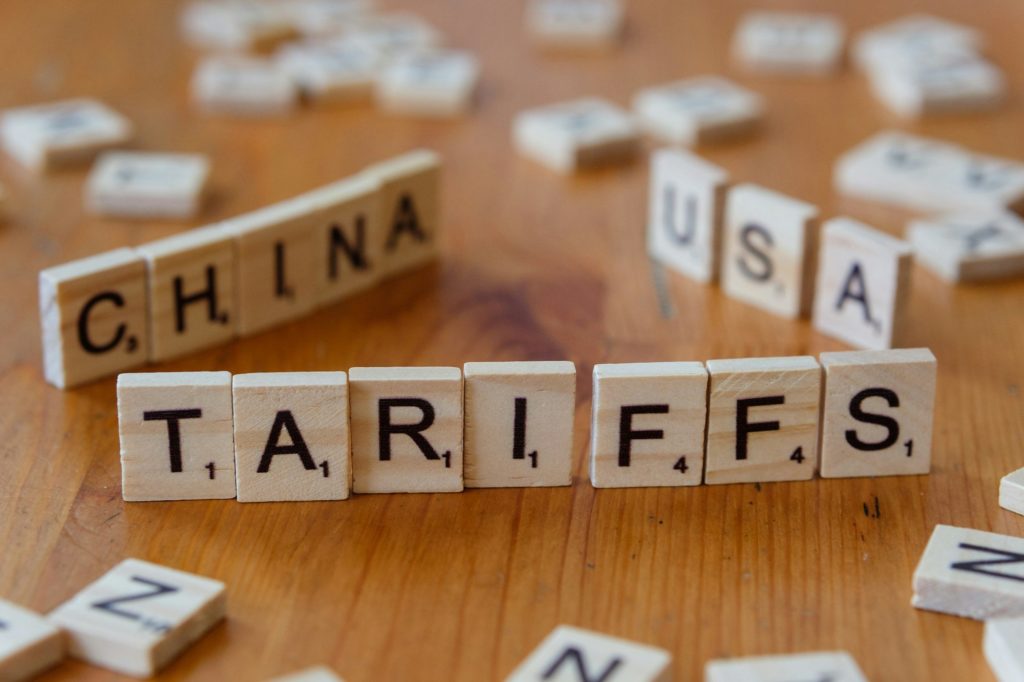Despite a temporary 90-day pause on increased U.S.-China tariffs, retail stocks continue to face significant challenges as the threat of tariff-induced price hikes looms. Retailers are grappling with the dual pressures of managing existing inventory and preparing for potential cost increases on future imports.
Stocks in Focus:
- American Eagle Outfitters (AEO): Shares of American Eagle Outfitters declined by 4.52% to $12.15 after the company withdrew its annual forecasts and took a $75 million inventory charge on its spring and summer collection. The retailer cited economic uncertainty driven by tariffs and persistent inflation in the U.S. as primary factors impacting demand.
- Abercrombie & Fitch (ANF): Abercrombie & Fitch's stock saw a modest increase of 0.18% to $81.56. The company has strategically moved much of its manufacturing out of China in recent years, reducing its exposure to tariffs. This shift, coupled with the brand's resonance with younger consumers, positions it favorably amid trade uncertainties.
- Crocs (CROX): Crocs experienced a slight decline of 0.13% to $120.10. Despite some exposure to Chinese sourcing, the company's primary material—rubber—is less expensive than other shoe materials, affording it better margins and some buffer against tariff impacts.
- Macy's (M): Macy's shares dropped by 1.37% to $12.25. The retailer faces heightened risk due to its significant reliance on imported goods, making it particularly vulnerable to tariff-induced cost increases.
- TJX Companies (TJX): TJX Companies' stock edged up by 0.15% to $131.01. As an off-price retailer, TJX is better positioned to navigate a tariff-heavy environment, offering consumers value-oriented options during economic uncertainty.
Inventory Lag Masks Tariff Impact — For Now
Most retailers are currently selling merchandise imported before the latest round of tariff threats. That’s providing a temporary cushion, but the higher tariffs announced in April will start affecting incoming shipments over the summer and into the fall. Retailers typically hold about six weeks’ worth of inventory in the U.S., which means the price impact on shelves hasn’t yet been fully felt.
By late Q2 or early Q3, the cost increases tied to tariffs are expected to ripple through to consumers. That’s creating a dilemma for companies that are already struggling to balance pricing power with inflation-fatigued shoppers.
Off-Price Retailers and Supply Chain Shifts Offer an Edge
Retailers with flexible sourcing strategies and low dependence on China are better positioned to weather the uncertainty. Off-price retailers, in particular, are seen as relatively insulated, as shoppers may flock to discounted merchandise in a higher-cost environment. Some brands have already made strategic moves to diversify their manufacturing footprint, reducing their exposure to tariff shocks. Others, however, remain vulnerable due to a heavy reliance on Chinese imports or limited pricing flexibility.
Retailers Pull Guidance Amid Murky Outlook
The lack of clarity on how long the tariff pause will last — or whether duties will be reinstated at even higher levels — has made forecasting nearly impossible. Several retailers have responded by withdrawing their 2025 guidance, citing macroeconomic instability and the unpredictability of trade policy. While the temporary pause may stave off an immediate supply chain crisis, there’s no guarantee of a long-term resolution. If higher tariffs return, retailers could face margin compression or be forced to pass costs on to shoppers, risking a further erosion in demand.
Looking Ahead
Retailers will spend the coming months walking a tightrope between cost control and consumer loyalty. The fall season could mark a critical turning point, as the delayed impact of tariffs collides with holiday planning. Brands that have diversified sourcing, leaned into value-based strategies, and maintained financial flexibility may emerge stronger, but the broader sector remains in limbo until a clearer trade policy path is set.

